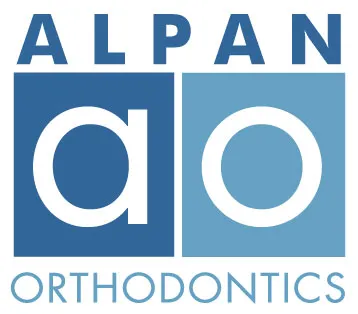LAS VEGAS, NEVADA – March is National Nutrition Month, which means now is a great time to discuss how the food you eat can influence your orthodontic success in a positive way, or a negative way, says Larchmont Invisalign expert Dr. David Aplan.
The American Dietetic Association made March National Nutrition Month in 1980 with the goal of educating the public about the importance of a well-balanced diet. The organization recommends eating food such as whole grains, fruits, vegetables, healthy fats, low-fat dairy and lean protein, while avoiding sugary and fatty foods, for health and wellness.
A diet that follows the ADA guidelines includes plenty of calcium and vitamin D, says Larchmont orthodontics specialist Dr. David Alpan. Those nutrients are essential for healthy bones, including the jawbones where teeth are anchored. Healthy teeth and bones allows for effective and permanent realignment of teeth.
Good nutrition, in combination with proper oral hygiene, wards off cavities that can form around your orthodontic hardware and keeps tooth enamel strong, preventing the unattractive “bulls eye,” discoloring of your tooth when we remove your brackets.
We advise our patients to avoid foods such as candy and soda in general for your health, but particularly when wearing orthodontic appliances. You also need to use caution when eating hard, crunchy or sticky foods that might loosen or break brackets and wires.
“The last thing our patients want is to set back treatment time because they ignored our recommendations,” says Larchmont orthodontist Dr. Alpan.
Although, dental braces certainly do not give you a free pass to boycott crunchy vegetables and fruits. You can incorporate crunchy vegetables into your diet by slicing them thinly, steaming vegetables or adding fruit and vegetables to a smoothie.
“Avoiding essential nutrients in a healthy diet would completely undermine our ultimate goal,” says the Larchmont braces specialist.


